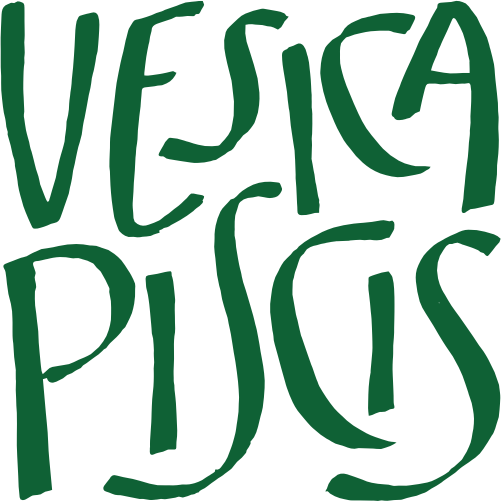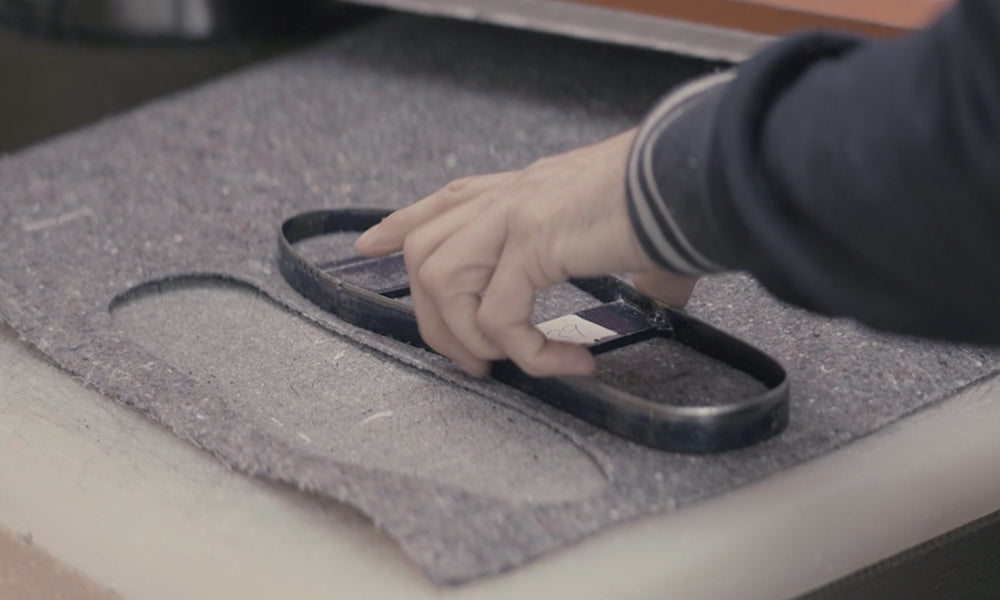One of the most important aspects of Vesica Piscis Footwear's production process is to conscientiously choose the raw materials used in manufacturing our products, these being 100% vegan, and mostly organic and recycled.
The repercussions that the consumption of raw materials has on sustainability, both on the social and cultural sphere, as well as on our ecosystem, lead us to think long and hard when selecting the different materials that we use to make our range.
All raw materials that are ready to be used must be processed beforehand, and therefore have a history in which several factors come into play before we can obtain them. This history must be taken into account as we ourselves may become a part of it, normally encouraging the events that take place without even realising it.
For this reason, before any raw materials come to form a part of our products, there must be a history of respect for the planet and the beings that inhabit it, a sine qua non condition meaning that we can become a part of their history.
We must remember that we have the power to choose what world we want to live in every time we acquire something new, be it a component or a finished product, we are taking care of what came before and what is to come after us.

